3D rendering is a fascinating tool with an impressive number of applications, and this number is growing as more advanced technology increases the capabilities of the process. Various forms of 3D rendering can be found in apps, software, games, design, manufacturing, 3D rendering architectural services, and entertainment.
The many ways that these tools can be used is a testament to their growth in the future as well as their versatility and broad appeal today. Let’s take a look at how 3D rendering is being used currently along with the technology that is being utilized to make it even more impressive.
What Is 3D Rendering?
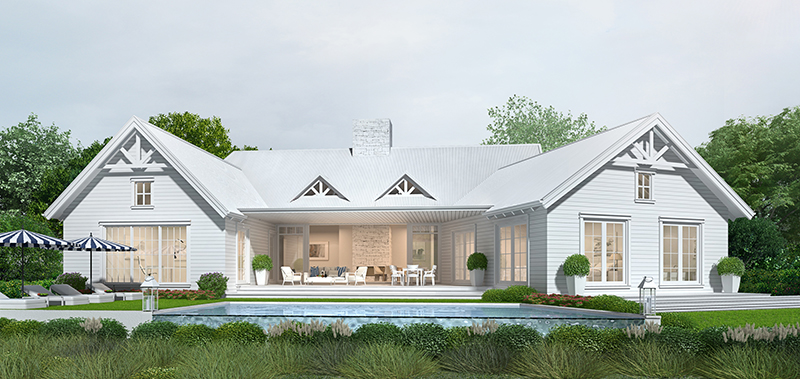
For the purposes of this post, 3D rendering, 3D visualization, and photorealistic rendering will be grouped together. Their specific applications vary, but they are generally the same process.
3D rendering is the process of creating a scene with computer-based designs and information. They can often be like a short film or a high quality still image, with the main difference being that none of the things shown exist. All of them must be created and placed into the rendering. This allows for a lot of creative possibilities. The other side of this is that it can be a large amount of work for those working on the rendering.
Let’s make a hypothetical 3D rendering right now. We’ll have to start by getting a rough idea of all the objects that we want to have in the rendering. If something is going to be depicted outdoors, will there be trees, clouds, or the sun? Will our main object be in front of a building or vehicle? If so, all of those objects, the sun, clouds, trees, car, and structure will have to be created first on their own before they can be inserted into the rendering.
Of course, we also have to design the focal point of the rendering. If that’s a new part, product, or building, then that’s going to take a considerable amount of time on its own. It’s easy to see how the total amount of work can add up so quickly. However, while the amount of work involved can be quite large, the benefits that high-quality 3D rendering offers are also very significant.
Benefits of 3D Rendering
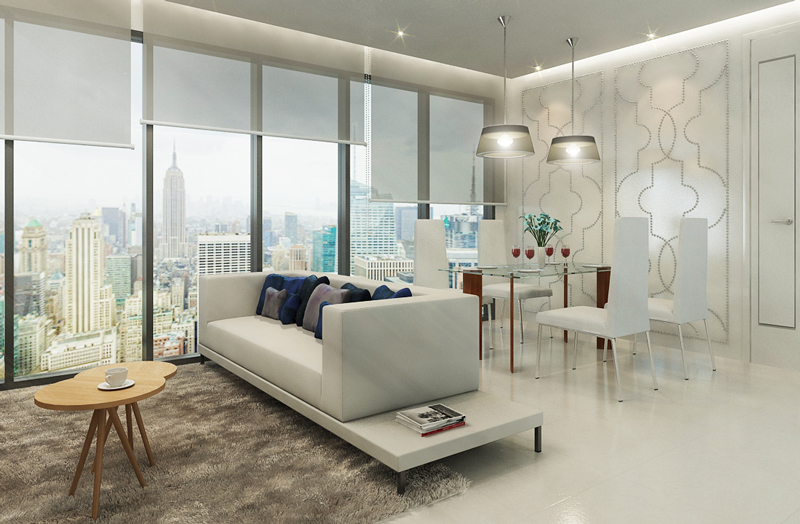
Photorealistic 3D rendering and other similar tools have several advantages. For one thing, they allow the final product to be illustrated fully before any physical work has been done. In most instances, this can offset tremendous costs by providing decision-makers with an accurate representation of the project before large sums have been spent.
Many think of this as something that’s only valuable to manufacturing, but this benefit can be even more significant in some other fields, such as architecture and construction.
Take a moment to imagine that you’re in charge of an extensive construction project for an important client. However, the client doesn’t have time to visit the site during construction and doesn’t have any experience with interpreting blueprints. So out of necessity, the project moves forward without any significant input from the client.
Once the building has been constructed by the 3D construction rendering company, the client is finally able to stop by and see things in person. Unfortunately, there was a bit of miscommunication during the design stage, and the client is very unhappy with the result of the project. At this point, time, money, and other resources have already been spent, and there’s an unsatisfied client putting the blame on you to boot.
The scenario just described would be a waking nightmare for any professional. The good news is that this is precisely the type of situation that can be avoided by taking advantage of 3D rendering. All it takes is a small amount of work and time compared to the full project, and you’ll be able to make sure that the client will be satisfied with the final result.
This kind of reassurance is priceless. It helps everyone make the best use of available resources and can be a tremendous help in assuring client satisfaction. The more critical the project is, the more it’s worth looking into some form of 3D rendering.
This tool is also quite valuable in the prototyping process. The combination of 3D rendering and 3D printing can be mind-blowing in this scenario. Utilizing these tools can quite literally take a completely new idea and create something functional in a short amount of time when compared to the time that traditional prototyping takes.
The difference in time between creating a rendering and a physical object is one of the areas that 3D visualization shines. In addition to helping with client satisfaction and making sure that project resources are used efficiently, it also allows changes to be implemented when it can still be done in a cost-efficient way.
It’s far easier and less expensive to change a product or project while it’s still at the design change than it is to go back to the drawing board after production is already in motion.
How 3D Rendering and 3D Visualization Are Used
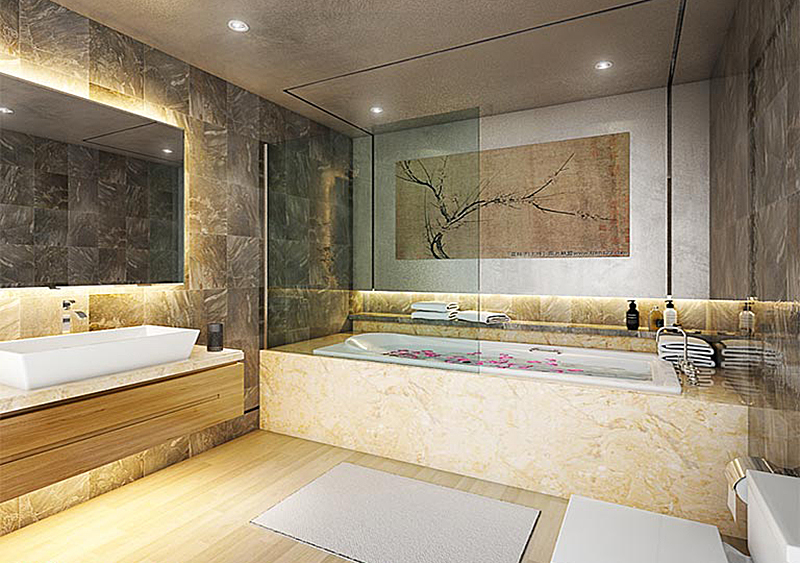
As mentioned above, various forms of 3D rendering and 3D modeling services are commonly used in manufacturing along with the construction industry. These are far from the only industries taking advantage of this technology, though.
Another field that is quickly increasing its use of 3D visualization is real estate. Virtual reality is being used to simulate an open house scenario for prospective buyers who aren’t able to make it to the site in person. This technique is also being utilized in the tourism industry.
For example, some museums and similar facilities are now offering virtual tours. This allows additional people to enjoy what the museum has to offer without creating the extra expenses that come with higher foot traffic, such as more cleaning and maintenance.
3D modeling is being utilized in numerous ways for manufacturing. Of course, there’s basic 3D CAD design as well as photorealistic part renderings, prototyping, and so on. The real difference is that these tools allow decision-makers who may not be knowledgeable about the skills required to create the parts and products to take a more active role in the development and add their expertise without losing the details in translation.
Animations are being used for marketing in many industries. Whether you want to promote your construction business, your new manufactured product, or even a new vacation resort, all of these can be well-represented with 3D rendering and various forms of animation.
There’s an old saying in marketing about “the more you tell, the more you sell,” and if a picture is worth a thousand words, then directly showing potential customers what your business offers must be worth its weight in gold.
Future Innovations In Rendering Technology
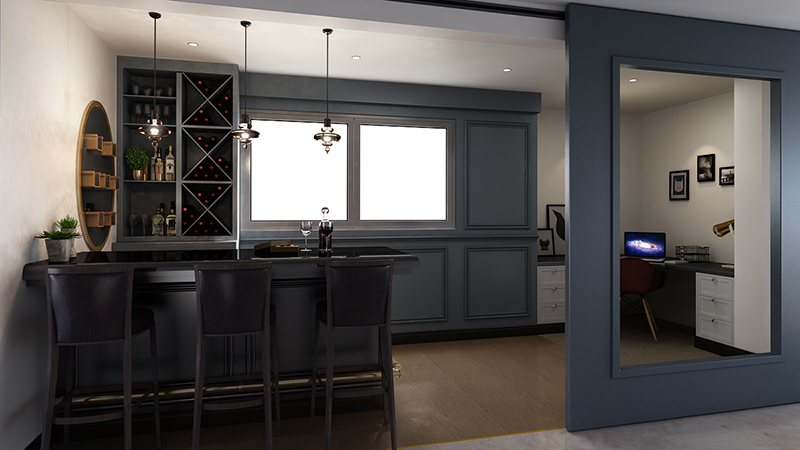
3D rendering already offers users a very considerable amount of power and creative flexibility. Its growth in recent years will undoubtedly contribute to future innovations in the field. Here are some changes that are making their way to rendering or may soon be utilized for it.
1. Virtual Reality
3D virtual reality rendering services is one of the hottest topics of today. The technology is fascinating, the applications are numerous, and there are even some ethical and philosophical debates going.
While there are some strong feelings that have been presented concerning the use of virtual reality and how much is too much, here we’ll be focusing on the ways it adds value to various industries.
Versions of this technology have existed for decades, but their use was mostly limited to the military along with the medical and automotive industries. Virtual reality can depict something that does or does not exist in a way that it can be experienced as if you were physically there.
Today, personal virtual reality devices such as the Oculus Rift are available to the general public. By taking advantage of this technology, teams can see what the finished result of a project will be like before any physical work takes place.
This is most easily illustrated by the use of virtual reality in the real estate, construction, and architecture fields. Why look at a hand-built model of a home designed by an architect when you can walk through it instead?
Providing this kind of preview is a game-changer in the field. It’s a great way to make sure that clients are excited and cooperative during the process, as well as satisfied once everything is complete.
This technology has also been of great interest in the entertainment industry too. Video games that incorporate virtual reality offer a level of immersion that is currently unmatched. It may be scary, or intense, or merely breathtaking depending on the game. Regardless of the specifics, it’s a very entertaining experience that many people enjoy.
2. Virtual Tours
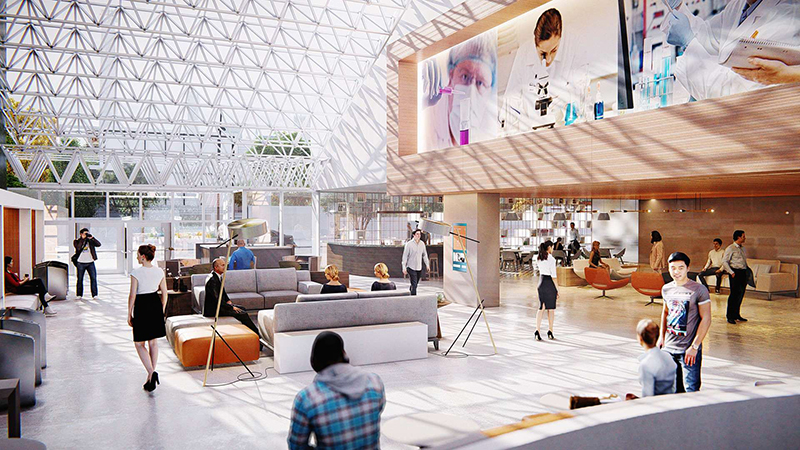
Virtual tours could be considered within the spectrum of virtual reality. However, there are some significant differences in the applications. For one thing, virtual tours are most commonly used to show things that already exist. Some of the most visible virtual tour examples can be found in the tourism and real estate industries.
Some very notable institutions have already begun to offer virtual tours. Such progressive institutions include the Louvre, the Vatican Museums, the National Gallery of Art, and the NASA Space Center.
Aside from any smells and physical sensations that may accompany a visit to these incredible places, a virtual tour offers the same experience. These virtual tours allow you to look around freely as if you were there in person. You won’t have to worry about a particularly tall or large person getting in between you and the exhibit you’re trying to see either.
3. Virtual Machining
Virtual machining can be found in several modern CAD/CAM programs today. In situations where the CNC programmers are away from the production floor and not doubling as operators, this technology offers enormous advantages.
In positions where the programmer and operator duties are doubled up on the same person, it’s not such a big deal. When they’re kept separate though, there’s more room for errors.
The primary use of virtual machining is to make sure that operations can be carried out correctly and without mishaps. This technology allows you to watch how the machine will behave during the process. Things like fixtures and tool sizes can be added to the simulation to make it as realistic as possible. This helps to minimize mishaps like interference between fixtures and the machine.
Correcting the problem before it occurs is far superior to the alternative. This technology can save job shops large sums of money every year by helping to reduce machine damage and scrap parts as a result of poor setups or oversight. It can also help to extend the usable life of machine tools and fixtures when possible.
4. Animation

Animation falls under the spectrum of 3D visualization and rendering in some scenarios. Classic animation has typically been based on drawings by skilled artists. Where it crosses into the world of 3D rendering is when CGI is involved.
CGI can be used to create very visually impressive works by 3D animation freelancers. Some of the most stunning and captivating films in recent years have been created partially or fully with CGI.
This type of animation is not limited to uses in entertainment though. It can be used for any purpose where a highly detailed and creative visual representation would be valuable.
The level of detail that can be displayed with CGI animation has even made it a useful tool in court and the medical field. Both of these fields require impeccable accuracy, which is precisely why CGI was chosen as an illustrative tool. By creating the animation with specific data based on the proper equations, scenarios can be recreated and re-enacted with a stunning level of detail and realism.
5. Augmented Reality
Augmented reality is a bit of a unique concept. This technology has already made some games and apps wildly successful. The difference between virtual reality and augmented reality is that virtual reality shows something that has been entirely computer-generated, whether that place or experience already exists in reality or not. With augmented reality, the user is moving through the physical world as it exists, but some computer-generated aspects are added to their perception.
So far, augmented reality has been used primarily in games and apps for entertainment. This technology could easily be applied to the construction field as well.
6. Mixed Reality
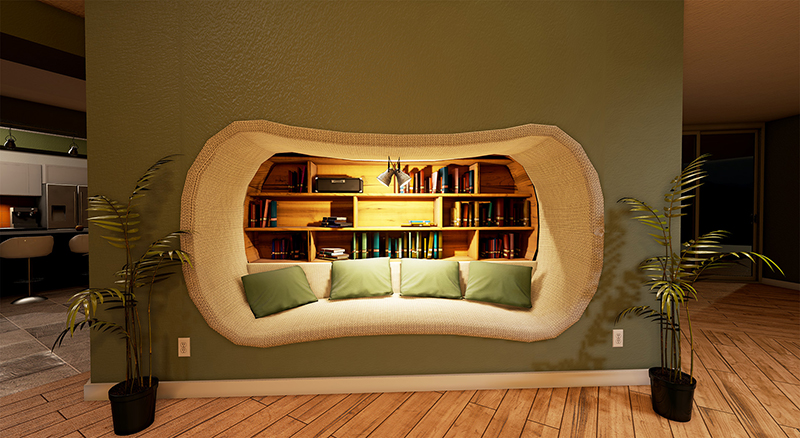
Mixed reality can be a little difficult to explain due to its nature. It shares some similarities with augmented reality because it has elements from the real world along with generated components that can be observed by the user.
This technology has mainly been limited to fields with large budgets, such as the military and medical fields. There have been some instances where mixed reality was used as a training tool as well.
This type of technology allows users to experience something very close to reality. It tends to be more immersive than virtual reality, which often focuses on the visual aspect of things, although other senses may be included.
7. Quantum Computing
While quantum computing has been the subject of numerous news headlines in recent memory, the subject itself is fascinating but there are still some significant gaps. These gaps exist between the current state of quantum computing and bringing its power to practical applications in industries and daily life.
The quantum portion of quantum computing refers to how this technology functions. Traditional computers have a minimal number of options on the most basic level.
On the other hand, quantum computing provides a much greater number of fundamental options. This difference is what allows quantum computing to have so much more potential power and speed as compared to traditional computing.
Quantum computing utilizes quantum physics. Rather than an object or a piece of data merely being here or there, with quantum physics the possibility exists that it may exist in both places at the same time, or perhaps an even greater number of locations.
This represents an exponential increase in the base number of computing options, which drives the incredible level of power that quantum computing offers.
9. Cloud Computing
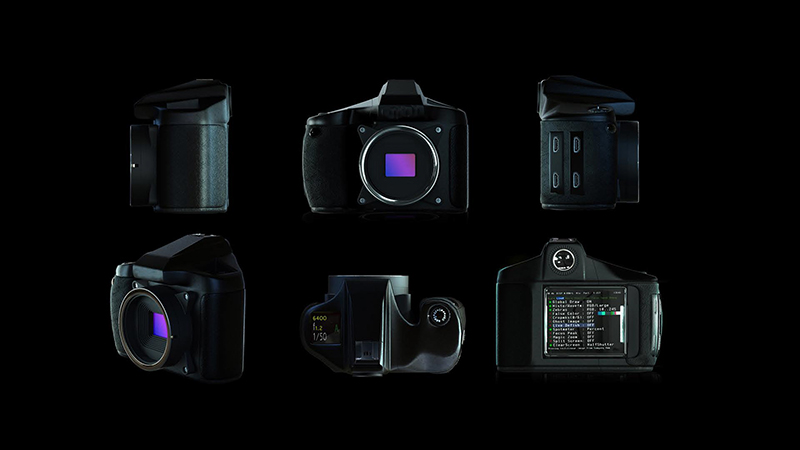
While quantum computing is effectively an entirely new form of technology, cloud computing offers a significantly higher level of performance from current computer technology.
The main difference between cloud computing and simply using a modern mainstream computer is in potential power. The additional strength offered by cloud computing comes from other devices, typically an entire network of extra devices. These devices are kept available for their resources and then they can be utilized on an as-needed basis.
By setting up these networks of additional hardware to offer extra computing power on an as-needed basis, that level of computing power has been made available to many who never would have had access to it. Both public and private clouds can be found today.
10. Real-Time Rendering
Real-time rendering, or RTR, is a specific style of rendering. The base of the rendering is the same. All of the objects and components that will ultimately be found within it need to be created and defined individually. On the other hand, the way that real-time rendering is presented and functions are quite different.
In a traditional rendering scenario, once the rendering is created, it can simply be viewed in a set format like a film or movie. In the case of real-time rendering services, the relevant portions of the rendering are presented as needed. The best example to illustrate this is in video games.
The entire map of the game and everything in it has already been defined, but until you go to a particular location, it has no reason to load that specific area. This technology is primarily used in video games, but could easily be applied to create an interactive virtual experience for professional purposes as well.
11. 3D Data Capture and Mapping
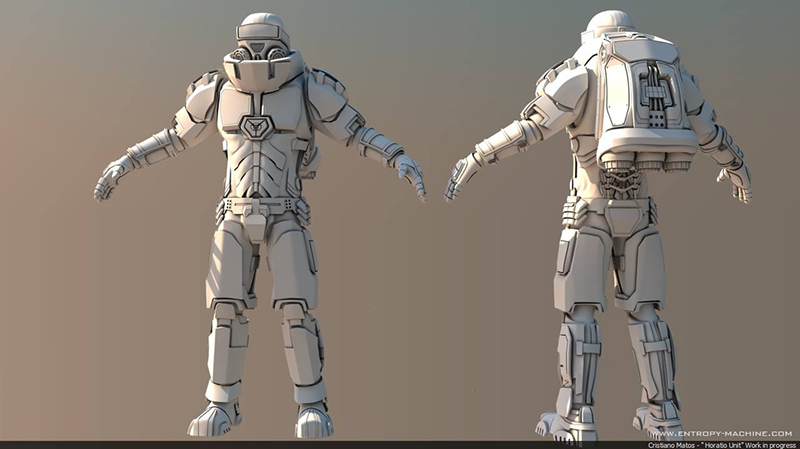
3D data capture and mapping is something that can be used in combination with other technologies mentioned here to really enhance the level of realism.
The most significant difference between 3D mapping and other types of rendering is that 3D mapping is based on sensor input collected from objects or individuals that exist in physical reality. The reason that 3D data capture produces such stunningly realistic results is that it is based on physical forms with a high degree of precision.
Examples of 3D mapping can be found quite easily today. This technique is now commonly used in the creation of both video games and movies. It’s no coincidence that CGI movie characters and video game characters have more realistic movements and features than ever before.
12. 3D Printing
Of all the technologies mentioned here, 3D printing is among those that have had the largest impact on the manufacturing industry. This technology quite literally revolutionized the prototyping process. While it’s not something that is particularly well-suited for large scale production at this time, it may be in the future.
3D printing allows users to take a 3D CAD model and create it directly, with no machining or fabrication skills necessary. Printing this way takes a bit of time since the material is laid down layer by layer with high precision, but compared to traditional prototyping methods, it’s still a colossal time saver in this scenario. This is actually the complete opposite of traditional machining, where you start with a piece of material larger than the finished part and work the features into it by removing material one operation at a time.
13. 3D Modeling
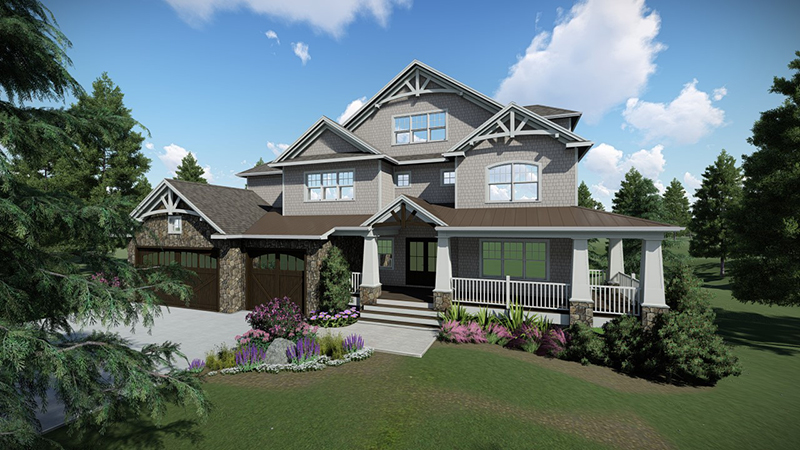
3D modeling has become a truly indispensable tool in the design, manufacturing, architecture, and construction fields. Today’s 3D modeling software is incredibly powerful. It can be used to design not only parts but also complete assemblies and complex products with numerous components.
The fact that 3D modeling is widely used in design is no secret, but it is more functional today than ever before. The way that parts fit and move together can be checked in high precision simulations before any of those parts have even been made into physical prototypes. Having the ability to check for interference and incompatibilities with such ease and precision is an engineer’s dream come true.
As you can imagine, 3D modeling is especially useful during the prototyping stage of manufacturing. By completing and modifying the earliest design iterations in a 3D CAD/CAM program, huge amounts of both time and money can be saved.
In the case of architectural design and construction, the concept is much the same. Rooms, floor plans, and entire structures can be previewed accurately before building takes place.
Many clients of architects and contractors are not particularly familiar with traditional drawings and blueprints, so 3D rendering allows everyone to discuss the project on the same level. When everyone sees the same thing, communication is much easier.
Q&A
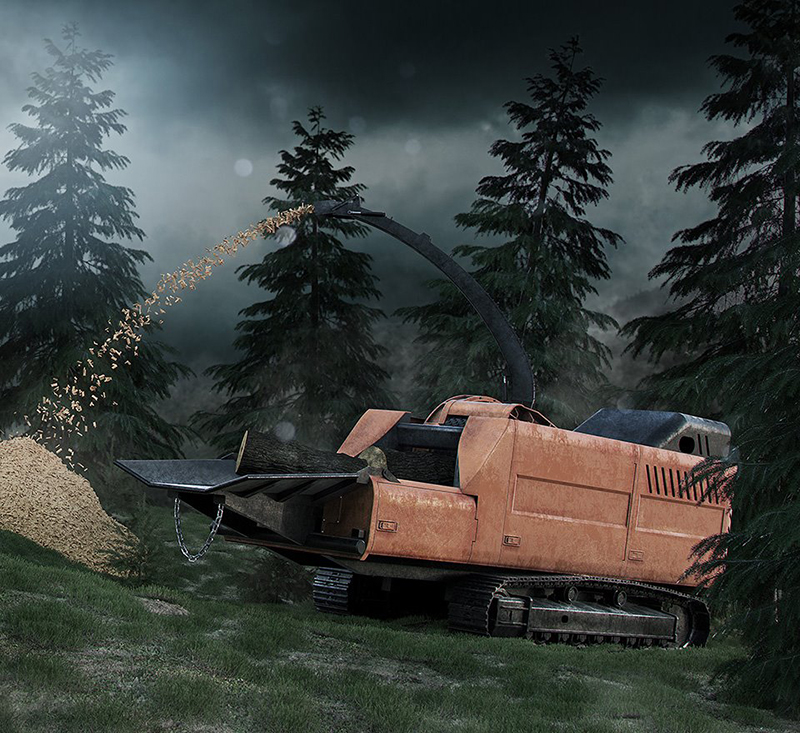
Is 3D rendering better for design or presentation purposes?
There isn’t really a wrong answer here. Various forms of 3D rendering are excellent for both design work and presenting projects to clients or decision-makers. To be specific, 3D modeling is a great choice for design work, while an animation or photorealistic rendering may be better for presentation purposes.
Are all of these innovations widely available today?
In short, no. These innovations are being utilized, but some of them are only accessible by large corporations with their own research and development departments. This is similar to the way that CAD software became available on a mass scale. Initially, it was something that only large corporations could afford to develop and use, but as technology advanced; it became accessible to everyone.
Is the cost of photorealistic rendering worth it?
This depends on the specifics of your situation. These can easily be provided as optional value-added services, in which case the cost could be built into the quote for the client. In most cases where there’s uncertainty about the final appearance or function of the project, it would likely be worth the price compared to starting over again in the event that the final result is rejected.
Research Advice
The subject of 3D rendering is quite broad because of its many forms and uses. If you’re wanting to learn more about the subject, then once you’re generally familiar with it, start looking for the specifics about how and why it is used in your field.
This will help you find the right information instead of potentially spending time researching the wrong subtopic. For example, if a 3D virtual reality render is the industry standard for presenting a project like yours, then it wouldn’t do you much good to spend time researching 3D data capture and mapping.
Once you’ve identified which variety of photorealistic 3D rendering is appropriate for your needs, and then you can get accurate information. A basic understanding of that specific type of project is generally enough to find answers to the basic questions like how much it may cost and how long it may take.
Also, don’t overlook other professionals in your own field or closely related fields. Many have been in similar positions, even if you don’t know which ones exactly. Start asking around, and you might be surprised to find that some answers are even closer than you expected.
Is 3D Rendering Right for Your Project?
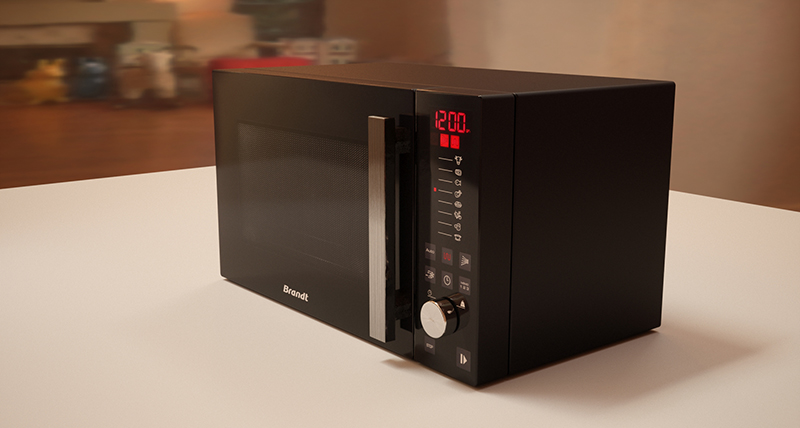
The subject of photorealistic rendering is quite wide, with many divisions existing within it. 3D rendering has a tremendous number of applications, and it’s sure to be used in even more ways in the future.
Since it is such a powerful and versatile tool, it might be something to consider using for your project. Whether that project is related to manufacturing, architecture, or something else, it may prove quite valuable.
Cad Crowd’s Freelancers Can Help with Your 3D Rendering Project
If you’re thinking about using some form of 3D rendering services, then Cad Crowd can make the process easier for you. There’s a very talented pool of independent designers and engineers to choose from at Cad Crowd, and they’re all vetted.
You can work with a Cad Crowd 3D rendering professional on a confidential basis. In fact, that’s the standard procedure. It’s also standard to use a non-disclosure agreement to ensure that your information and privacy is protected.
If you’re concerned about intellectual property rights, don’t worry. Those rights are yours and stay yours when you choose a 3D rendering designer from the CAD Crowd talent pool. To take the next step in finding the right professional for your project, get a quote today.
